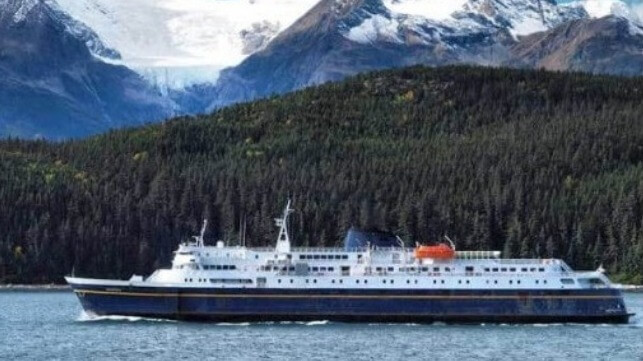U.S. Awards $220 Million to Electrify Ferries and Expand Rural Service

The U.S. Department of Transportation’s Federal Transit Administration (FTA) today announced grants totaling $220.2 million as the next portion of an ongoing effort to enhance ferry service around the United States. The next installment in the grant program was announced in May with applications due in July focusing on expanding ferry service in rural communities, helping communities acquire modern ferries, including electric boats, and upgrading shore infrastructure to support low-emission ferry service.
“Today’s announcement represents our continued record support for passenger ferry service,” said FTA Administrator Nuria Fernandez. “The grants help transit agencies make investments to increase reliability, improve connections to other modes of transportation, and bring older ferry systems into a state of good repair.”
In total, FTA is awarding 13 grants in eight states and the territory of American Samoa. The funding was made available through two competitive grant programs, one that will boost ferry service in rural areas which had a total of $170 million available, and a broader program which received $50 million. A third program for electrification or low-emission ferries awarded a total of $97.6 million in January 2023 to a total of seven projects in seven states.
Today’s announcement of awards provides Federal funding to support projects such as replacing old vessels, expanding fleets, and building new terminals and docks.
The largest grants are again going to the State of Alaska, which will receive nearly $131.3 million to invest in the Alaska Marine Highway. This includes nearly $92.8 million to the Alaska Department of Transportation and Public Facilities to build a long-overdue new ferry to replace a nearly 60-year-old vessel. The new ferry will feature a diesel-electric propulsion system and will serve rural southwest Alaska with more reliable service. An additional $38.5 million was awarded to improve operations on the Alaska Marine Highway System, which runs 3,500 miles and provides vital transportation.
The second-largest grant, $21.2 million, is going to the American Samoa Department of Public Works to acquire two low-emission vessels that will operate from Tutuila to the islands of Manu'a. The Michigan Department of Transportation will also receive $10 million to build a new ferry and repair a dock for the Beaver Island Transportation Authority.
Several of the projects provide for the electrification of ferry operations. The San Francisco Bay Area Water Emergency Transportation Agency (WETA) will receive $15.9 million to retrofit two of their existing ferry floats in the cities of Alameda and San Francisco by installing battery energy storage. The New York City Department of Transportation will also receive nearly $7.5 million to build shoreside terminal infrastructure to enable rapid charging for vessels serving Governors Island. The Maine Department of Transportation will receive $7.1 million to modernize two rural ferry terminals to support a new hybrid electric ferry due to enter service in 2027.
The additional grants include nearly $7 million to New Jersey Transit on behalf of New York Waterway, to convert two vessels from diesel power to battery electric propulsion systems and buy charging equipment. South Amboy, New Jersey, and California’s Golden Gate Bridge, Highway & Transportation District, received grants for dock projects to expand service, while the Washington State Department of Transportation, Ferries Division will receive funding to refurbish six ferry vessels built between 1979 and 1982.
The FTA received 28 eligible project proposals from 12 states and the territory of American Samoa, totaling nearly $418 million in requests. Rural service was defined as serving routes ranging between at least 20 miles and others over 50 miles. The federal contribution was capped at 80 percent of a project’s value for capital projects while there was no maximum for rural service grants.
